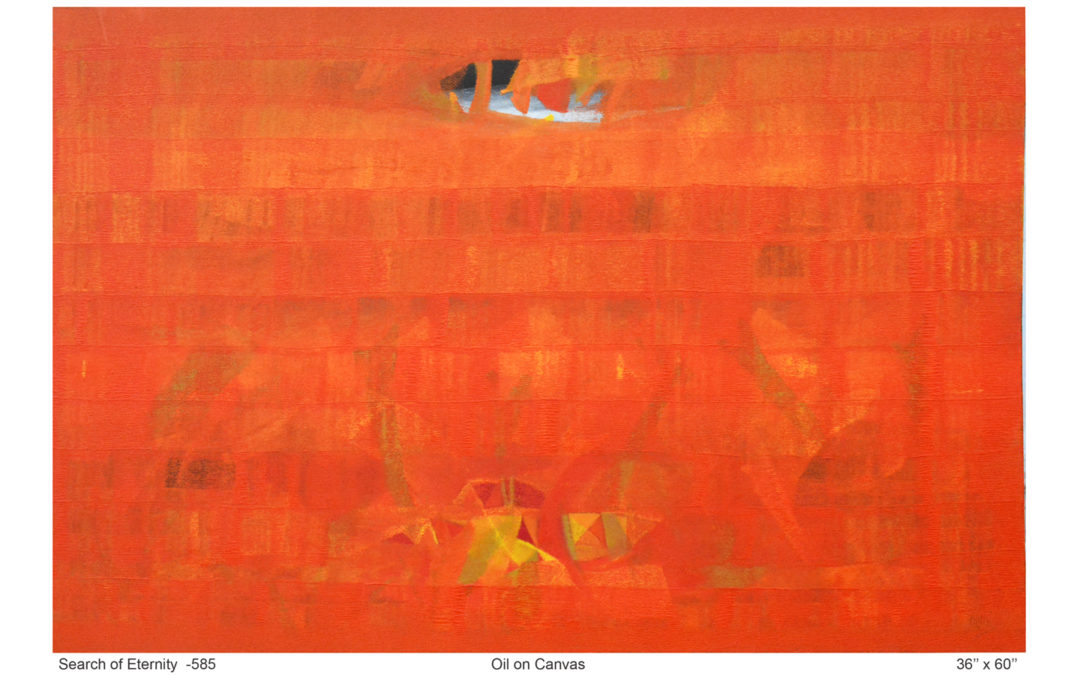Recipient of several eminent awards, Raghu Neware was born in Nagpur, Maharashtra on 24th of November 1962. He has been educated in professional art institutes and has acquired a BFA (Painting), Nagpur University, Nagpur, 1984 MFA (Painting), Nagpur University, Nagpur, 1994. An abstract landscapist Raghu Neware has had several solo shows in India and overseas. One of this renowned artist’s most memorable exhibitions was at Laurent Gallery South Melbourne, Australia. He has also participated in 25 national and international art camps. He has been bestowed with several honours during the past several years and was given the Eminent Artist Award at International Art Festival, Ujjain, a Senior Fellowship by Ministry of Culture, New Delhi and in the year 2006 Awarded in Painting by SCZCC Nagpur.

An interesting phase of his artistic journey includes the fact that he lived six years in the jungle in Chandrapur to capture the essence of the Vidharbha region. “Out there in the open, I could breathe in the freshness of nature and observe her ever changing forms in the minutest detail,” he explains. “From sunrise to sunset I saw how the colours and textures changed as the light cast it’s magical spell. I spent long afternoons in quiet contemplation of the three changing seasons trying to depict nature in repose and the idea of paintings as ‘talking pictures’ took root in me,” he says.

What’s your artistic background?
My father being a photographer unconsciously embedded the creative aspect of visualizing things may it be the black and whites, frames or the negative and positive.
What’s integral to the work of an artist?
The subject and composition play a vital role.
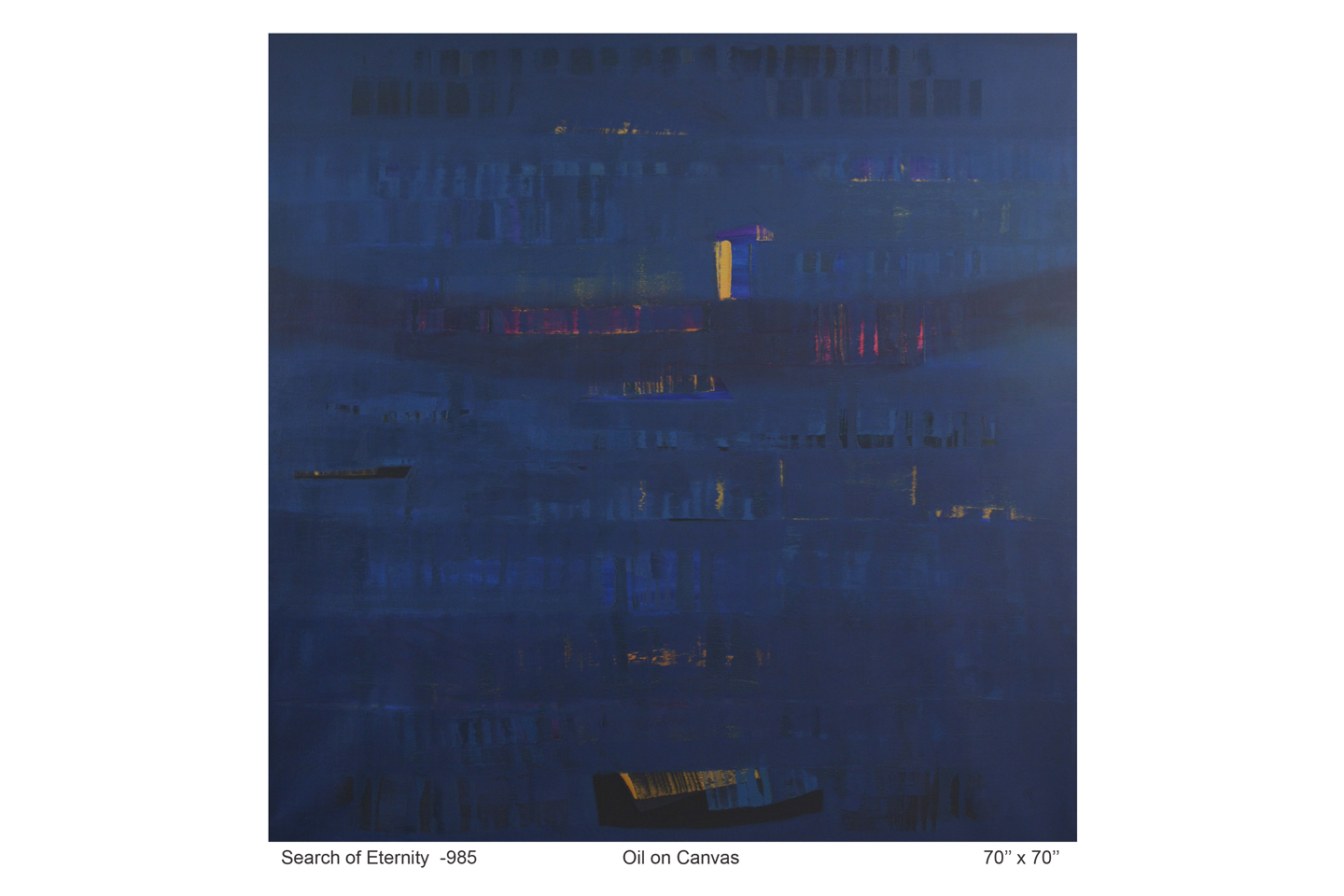
What role does the artist have in society?
They are the mirrors of society
What art do you most identify with?
Art is an integral part of nature, and nature is constantly changing with time.

What’s your favorite art work?
The whole series ‘Search of Eternity’ done by me
Describe a real-life situation that inspired you?
While walking to school I observed the hand painted hoardings of cinemas, at school I used to sketch and even paint the poets that were printed above the poems in the books. When I was in grade 7, I saw the movie by Gurudatt ‘Kagaz ke phool’ three shows back to back on the same day. I liked it and, I only knew that. Didn’t even know about art in those days. I acted in some plays, but that made me realize that even a director works as per the producer. I wanted something wherein only I exist, and that search made me become a painter, an artist where only the painter is there with his paintings.

While in my college days, I had an order to photograph all the workers at the coal mine for their identity cards to be made. I completed the consignment, but the workers and their live conditions, environment didn’t let me sleep. I painted a series on them, their faces had no colour other then black. They were covered with coal dust from head to toe, for this I used ‘Taar’ (the material used for roads) as a medium and painted one tone figurative paintings. The burdens that they carried was for a lifetime, I felt.
Later after a few years, while at a tea stall with an officer for a photography consignment, a child there served us two cups of tea, and a drop of which spilled on the officer, annoyed the office slapped this child. This incidence made a deep impact on me, and I painted a series on child labour.
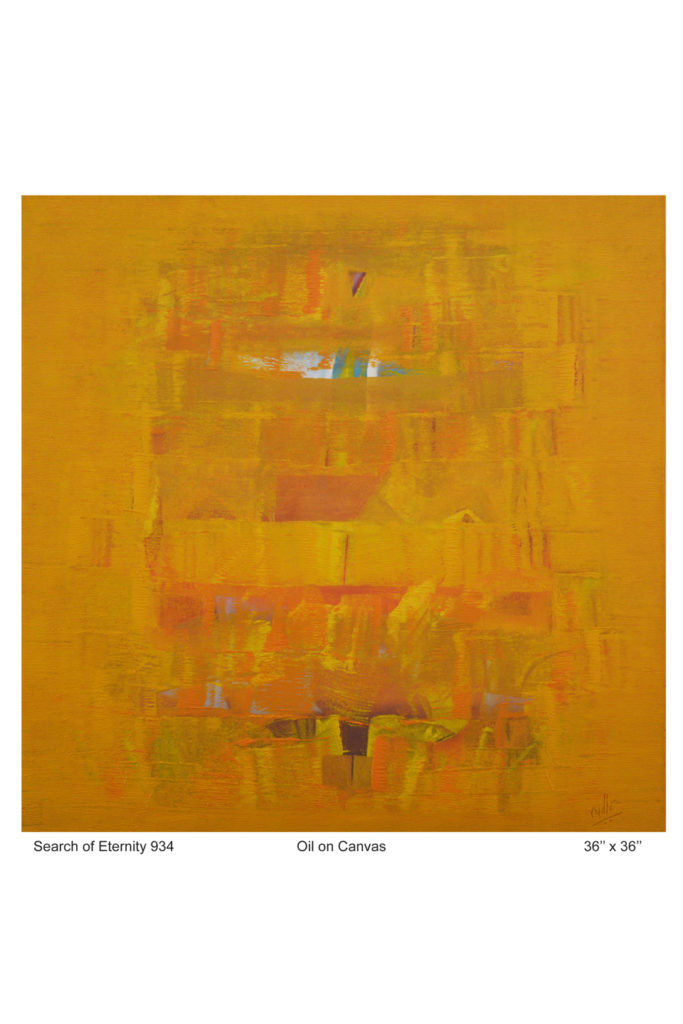
One day while reading the newspaper a thought about Warkaris struck me, why are these people walking so many miles? What is it that is making them do so? This question made me search for an answer, and I went for the Pandharpur Ekadashi Vari where lakhs of people walk miles and miles to take blessings from Lord Vitthal, it is said. After walking with them for a mile I realized, I couldn’t observe them completely. So, I went 4 stops ahead and came back in the opposite direction to be able to observe them, their expressions, feelings, love, faith I sketched all these and I photographed them. Suddenly it started raining, and I saw a lady with flowers in her hair who was buying something inclining her body downwards, and a goat came and ate those flowers, while reaching out to the flowers by keeping her fore legs on the woman’s back. After coming back home, I decided to stay at my friend’s goat farm for two months. I used to bath the goats, name them various names, feed them and loved them. While returning from there, those goats ran behind us for nearly 2 kilometers. Back home in Nagpur, while at home my wife came and kept her head in my lap. This feeling sparsh (which means touch in English) and I thought about the sparsh by goats during my time at the farm, wondering if I would be able to paint feelings. Can they be painted? I worked on this for years. I painted a series (Goat or the ‘Bakri’ series) based on this, and the answer was a yes, I could paint them.

What jobs have you done other than being an artist?
Being a freelance artist from the beginning, I have also directed a serial and was also the cameraman for a few shows of, ‘Jogwa’. Set -Stage design, direction of the play and also lighting for it. I was also involved in the family profession and business of being a photographer during my early days, experimented with modeling photography as well. Photography of ‘Apna Utsav’ an event by the South Central Zone Cultural Centre, Nagpur was one of my assignments in those initial years.

Why art?
There’s life in it. I wanted something wherein only I exist, and that search made me become a painter, an artist where only the painter exists with his paintings.
What is an artistic outlook on life?
It’s not about just painting something but being connected to the things that I paint, that my paintings converse with me, to feel my work.
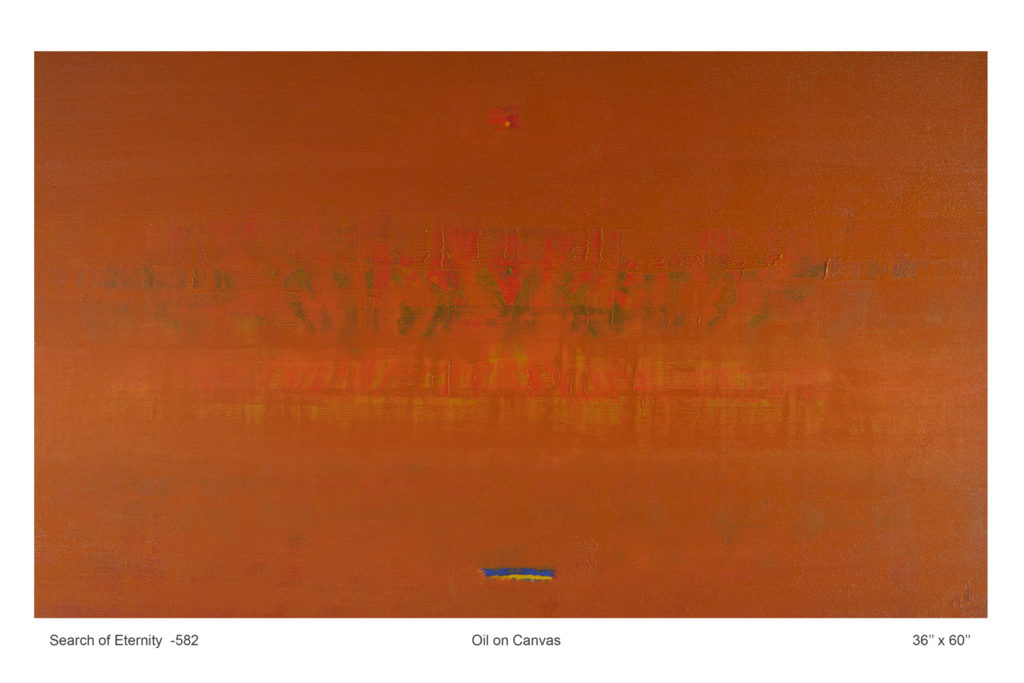
What memorable responses have you had to your work?
Once while at my solo show in Jehangir Art Gallery, Mumbai showing the ‘Bindu’ series in 2001, a Japanese guy who was a master in Marshall Arts was performing various acts while seeing the paintings. I was complimented in my show at Jehangir Art Gallery, Mumbai in 1992, K.K. Hebbar sir and Prabhakar Barve sir.

What food, drink, song inspires you?
Sufi songso and Saint Kabir inspires me.
Is the artistic life lonely? What do you do to counteract it?
Changing studios to various spots like Shimla for a while, and then moving to the jungles of Tadoba; have lived there for around 6 years amidst nature.
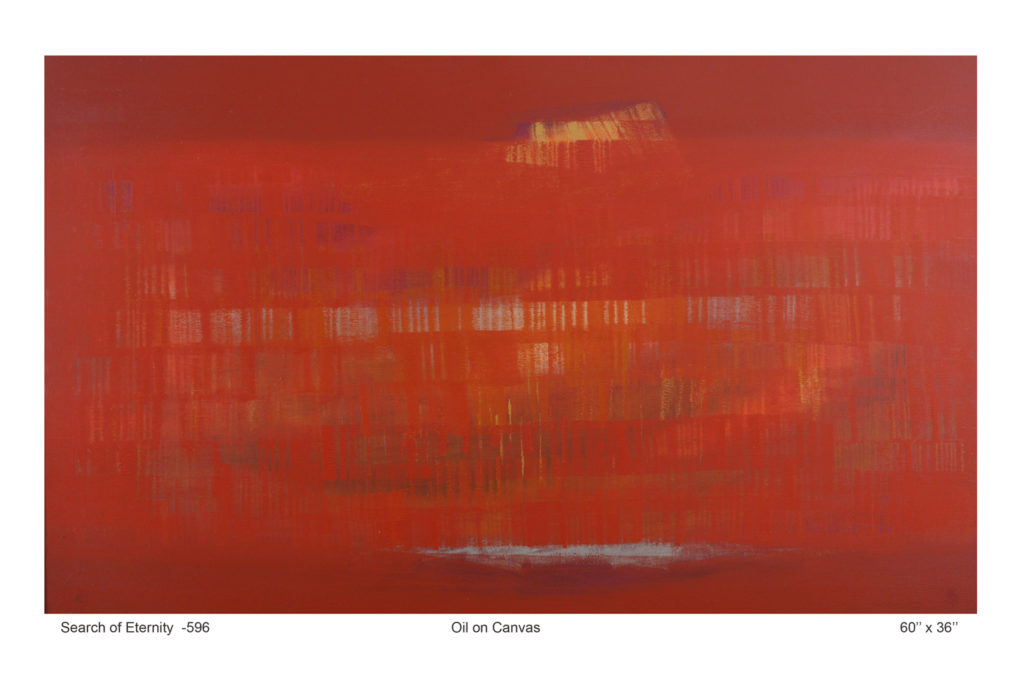 What do you like about your work?
What do you like about your work?
The simplicity and application
Name three artist you’d like to be compared to
Van Gogh and V.S. Gaitonde
Favorite or most inspirational place?
Films by Gurudatt.


